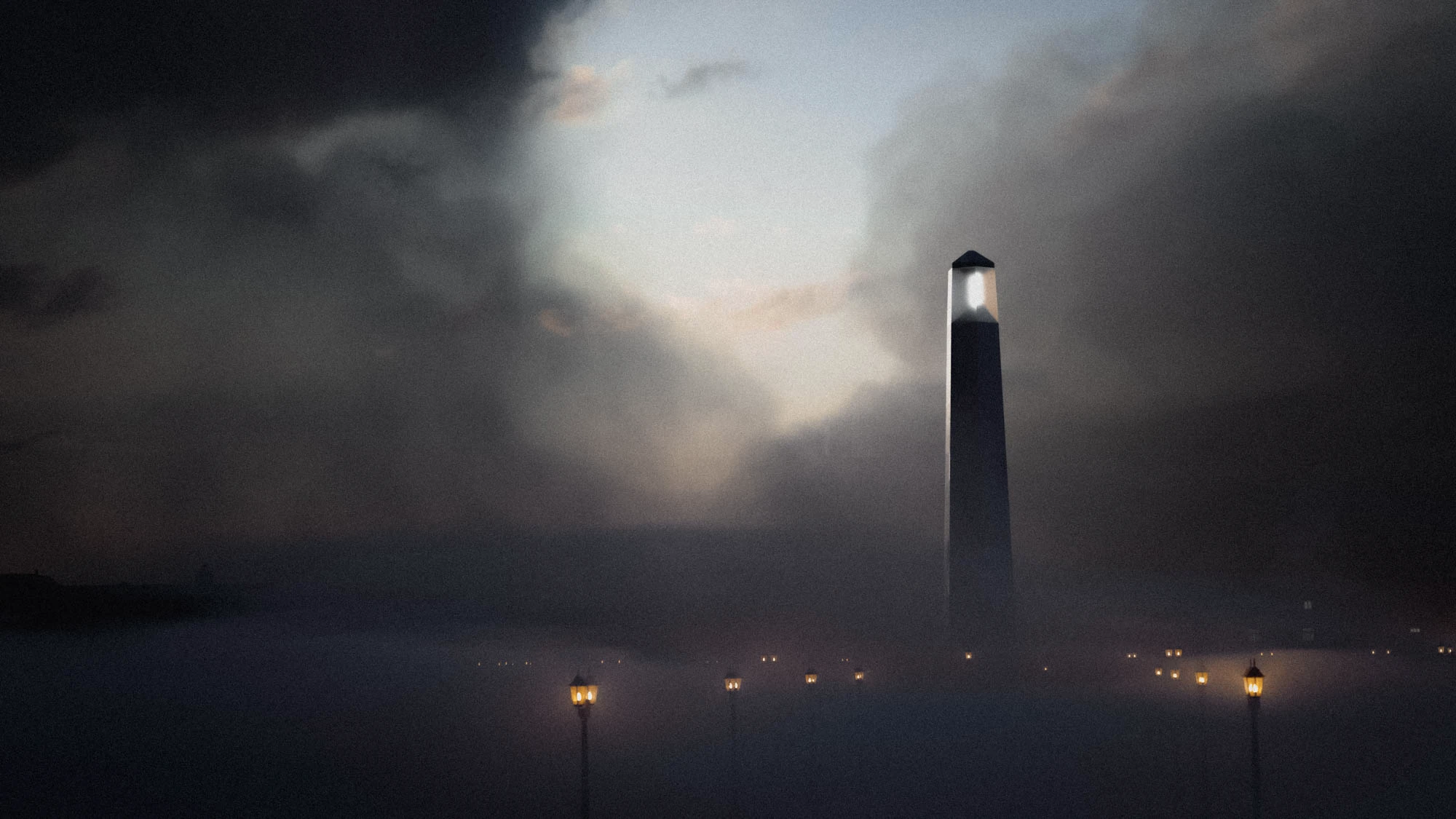
MMR-1KY
Nuclear Energy for Very Long Term Applications
We should build a nuclear powered monument that could last several thousand years. A reminder to future generations, human or not, that we existed and we thought of them. And I want it out in the open – not like that silly 1000-year clock buried in a hole in the middle of nowhere in Texas. More like the Pyramids or the great churches from our past. What should it be and how will it be powered?
Powering the Monument
For the 1000-year clock in Texas, power is supplied by heavy weight falling down the hole – a gravity battery, but I suspect the power generated is less than a watt. I want much, much more power. Enter the MMR.
Nuclear energy is obviously very energy dense and could easily supply power from a small form factor without fuel resupply for thousand-year time frames. A reactor core is like an ultra dense energy battery. Nuclear reactors can typically run at arbitrarily low power levels. You can choose to extract energy quickly or slowly. For example, we could take a simple MMR, which holds 2.6 billion kW-hours or equivalently 300 MW-years of energy, and extract the energy very slowly. This fission battery could supply 5 kW thermal for 60,000 years. Or 300 kW thermal or 1000 years. Or 1 MW thermal for 300 years.
The system could be configured so there are no moving parts used for heat extraction, power conversion, or reactor control. Heat extraction could be accomplished by conduction and radiation through the core's surface. The heat could then power a thermo-photovoltaic, thermionic, or thermoelectric device - all of which are solid state electrical generating devices. Control rods would be used for start up and emergency shut down. The reactor's power level would be controlled by the temperature of the core materials through negativity temperature reactivity. It would be a totally passive control system operating at constant power.
Cost? 100M or so.
A Monument to What?
The power source is the easy part. The biggest challenge is probably creating a reliable way to use the thermal or electrical power for 1000s of years without maintenance. Here's some ideas:
- Everlasting light or a sort of nuclear powered lighthouse obelisk. We pass a current through a rod of carbon or (zirconium oxide or carbide as in a Nernst lamp), to create an everlasting glowing beacon of humanity. at the top of a giant obelisk made of Silicon Carbide bricks. The white glow of the 3000K carbon rod inside a sapphire housing could be visible for miles.
- Everlasting music. Power some speakers inside a stone vault to endlessly play some song. Need robust analog systems.
- Everlasting compute. Power a computer and robotic system that maintains itself.
- Everlasting Radio. Power a radio broadcasting tower with ultra resilient electrical hardware. The broadcast could be this on repeat.
- Everlasting Archive. Power climate control systems to maintain adequate conditions in an archive like the Mormon Archives, the Vatican Archives, or the Seed Vault.